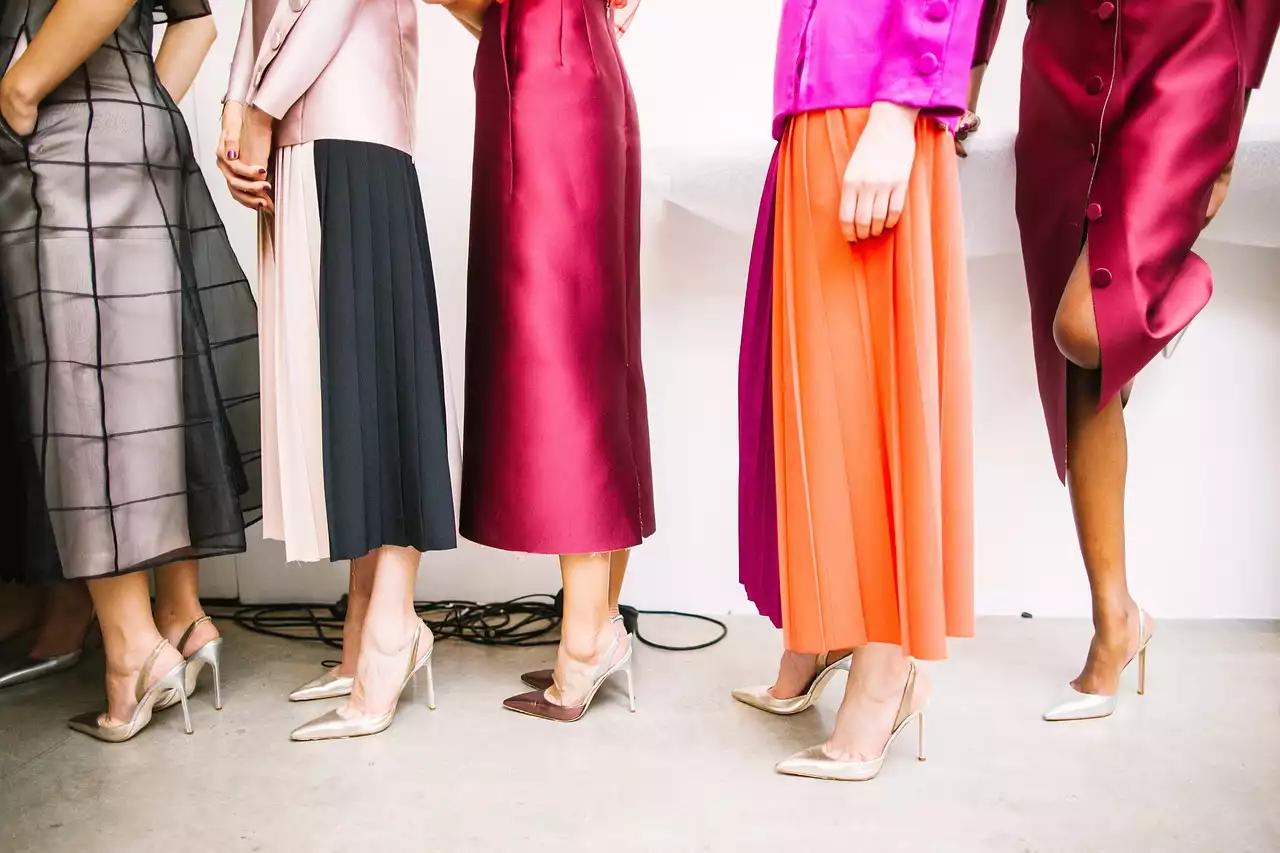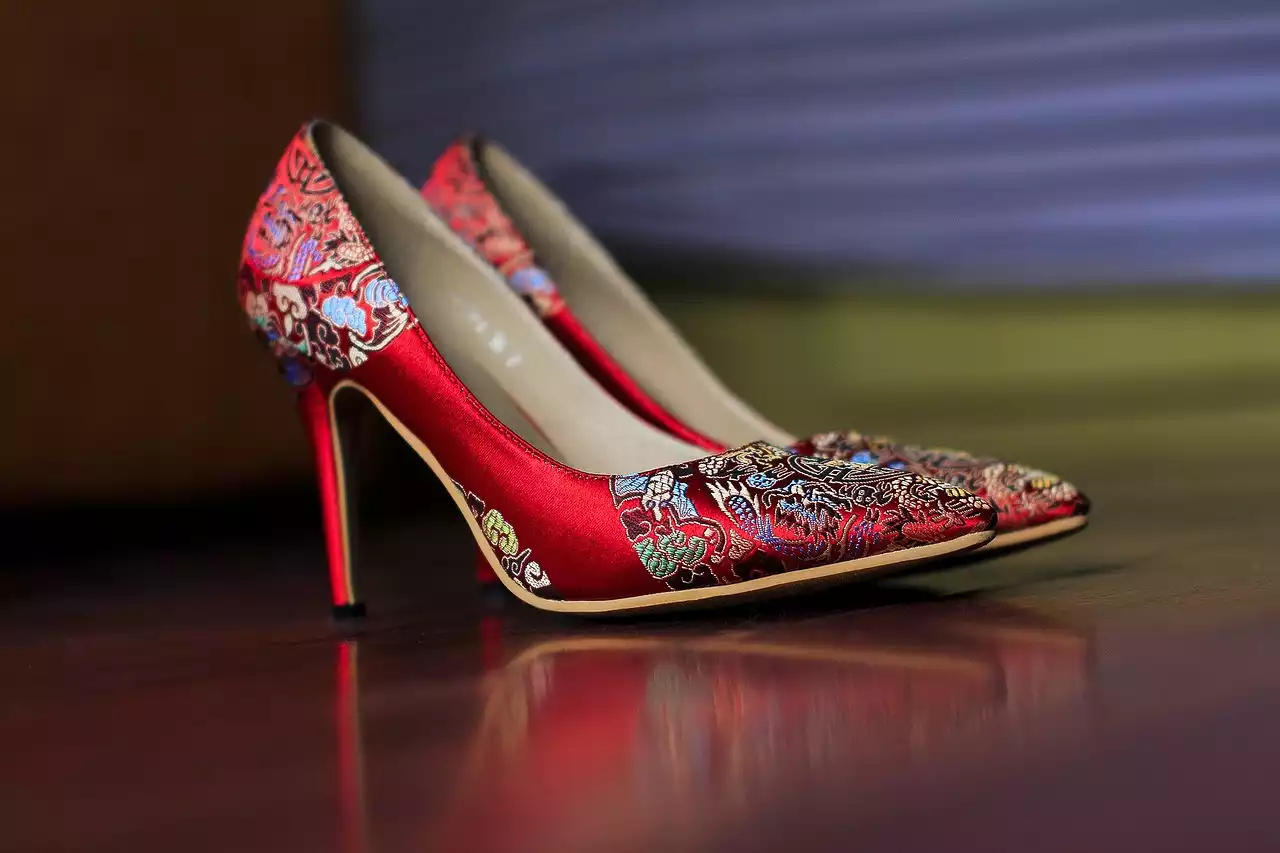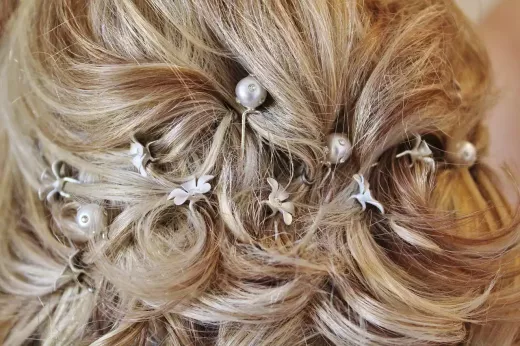The impact of high heels on your body
High heels are a fashion statement, but they can have a negative impact on your body. Wearing high heels regularly can cause back pain, calf pain, and foot pain. The higher the heel, the more pressure it puts on your feet, which can lead to blisters, calluses, and even plantar fasciitis. In addition, high heels can affect your posture, which can lead to back and neck pain.
However, this doesn't mean you have to give up wearing high heels altogether. By choosing the right shoe and taking care of your feet, you can minimize the negative impact of high heels on your body.
When wearing high heels, it's important to pay attention to your body's signals. If you feel pain or discomfort, take a break and switch to more comfortable shoes. Don't push yourself too hard, as it can lead to long-term damage to your feet and body.
Choosing the right high heels
Choosing the right high heels is crucial for comfort. Make sure to select shoes that fit your feet properly. Choose heels with a wide base for stability and support. Also, look for shoes with a cushioned insole, as they offer more comfort than those without.
Another important factor to consider is the height of the heel. If you're new to wearing high heels, start with a lower heel and gradually work your way up. This will allow your feet to adjust to the new pressure and reduce the risk of injury.
When trying on high heels, make sure to walk around the store to test their comfort level. If the shoes are too tight or too loose, try a different size. Don't compromise on comfort for style, as it can lead to long-term damage to your feet.
How to walk in high heels
Walking in high heels can be challenging, especially if you're new to wearing them. To walk confidently in high heels, follow these tips:
1. Stand up straight and keep your shoulders back.
2. Take shorter steps than you normally would.
3. Put your heel down first and then the ball of your foot.
4. Don't rush and take your time walking.
5. Practice walking on various surfaces, such as carpet, tiles, and concrete.
Walking in high heels requires practice, so don't get discouraged if you don't get it right the first time. Keep practicing and soon you'll be strutting your stuff like a pro.
Tips for wearing high heels comfortably
Wearing high heels comfortably is all about preparation. Here are some tips to make your high heel experience more comfortable:
1. Use a shoe stretcher: A shoe stretcher can help loosen up tight shoes and make them more comfortable to wear.
2. Wear moleskin: Moleskin can help prevent blisters and reduce friction between your feet and the shoes.
3. Use foot powder: Foot powder can help keep your feet dry and reduce foot odor.
4. Bring a spare pair of shoes: If you're planning on wearing high heels for an extended period, bring a spare pair of shoes to change into if your feet start to hurt.
By following these tips, you can make wearing high heels a more comfortable experience.
Stretching exercises for high heel wearers
Before and after wearing high heels, it's important to stretch your feet and calves to reduce the risk of injury. Here are some stretching exercises for high heel wearers:
1. Calf stretch: Stand facing a wall and place your hands on the wall. Step back with one foot and bend the other knee, keeping your foot flat on the ground. Hold for 30 seconds and switch sides.
2. Toe stretch: Sit on the floor and extend your legs in front of you. Using a towel, loop it around your toes and gently pull your toes towards your body. Hold for 30 seconds.
3. Foot roll: Sit on a chair and place a tennis ball under your foot. Roll the ball back and forth under your foot for 30 seconds.
By incorporating these stretching exercises into your routine, you can reduce the risk of injury and make wearing high heels more comfortable.
Insoles and inserts for high heels
Insoles and inserts can provide additional support and cushioning for high heels. Here are some types of insoles and inserts to consider:
1. Gel inserts: Gel inserts provide extra cushioning and support for the ball of your foot, reducing the pressure on your feet.
2. Arch supports: Arch supports can help distribute your weight more evenly and reduce the risk of foot pain. 3. Heel grips: Heel grips can help prevent your foot from slipping out of the shoe and reduce friction between your foot and the shoe.
When choosing insoles and inserts, make sure they fit properly and don't make the shoes too tight.
High heel hacks
High heel hacks can make wearing high heels more comfortable. Here are some hacks to try:
1. Use clear deodorant: Apply clear deodorant to the areas of your feet that rub against the shoes to reduce friction and prevent blisters.
2. Use hair spray: Spray hair spray on the soles of your shoes to increase traction and prevent slipping.
3. Freeze your shoes: Fill a plastic bag with water and place it in your shoes. Put your shoes in the freezer overnight. The ice will expand and stretch the shoes, making them more comfortable to wear.
These hacks may seem unconventional, but they can make a big difference in your high heel experience.
When to avoid wearing high heels
While high heels can be fashionable and fun to wear, there are times when you should avoid wearing them. Here are some situations when you should opt for more comfortable shoes:
1. Long distances: If you're going to be walking long distances, opt for comfortable shoes instead of high heels.
2. Outdoor events: High heels can sink into grass and dirt, making them difficult to walk in.
3. Running errands: Running around town doing errands requires comfortable shoes that won't hurt your feet.
By knowing when to avoid wearing high heels, you can prevent discomfort and reduce the risk of injury.










